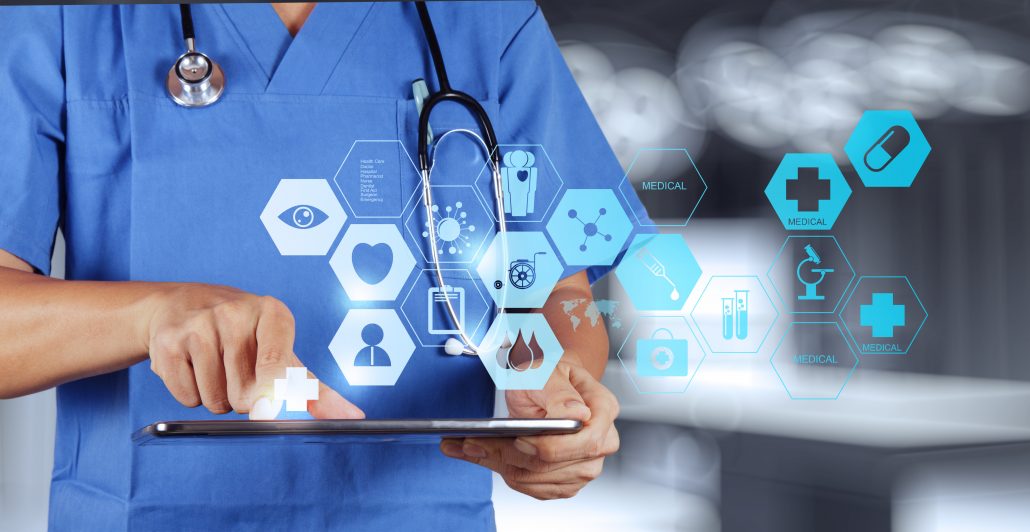Healthcare is changing from treating people to trying to prevent people from getting ill in the first place. Technology is contributing to this new way of healthcare as it is getting easier to monitor and track daily health. Bio sensors and wearables are becoming more and more affordable and accurate. Thanks to these technologies and so many people having smartphones it is easier to track every move and heartbeat. The data that is been collected by using these biosensors and wearables is very valuable. Analysing and realtime tracking of this data makes it possible to give insights in the status of the current wellbeing of people. This way early alerts of inconsistencies can help to treat or even prevent illness.
Health coach is an upcoming job, created by enabling data collection on a realtime basis. A health coach will track your data and advise you on food intake, daily exercise and even supplement intake. Their job will consist of enhancing your health and making sure you are doing your all time best in preventing any illness. The possibilities are endless, at the moment the Apple Watch is able to detect abnormal heart rhythm with a 97% accuracy rate, sleep apnea with 90% accuracy rate and hypertension with 82% accuracy rate (IoTforAll, 2018). Apple also just started Health-Kit which invites developers to build health tracking applications and makes it possible to very easily conduct research. Offcourse they understand that the value of health data is growing every day.
So not sure yet what you want to do after BIM? Maybe think of analysing and tracking big data in every day healthcare. Bridge the gap between non-proven diet practices, fitness coaches and general practitioners. Or maybe just use the knowledge from DBA to manage a development team in building the next health tracking application!
Sources:
IoTforAll, march 2018 – https://www.iotforall.com/connected-devices-health-wellness/


